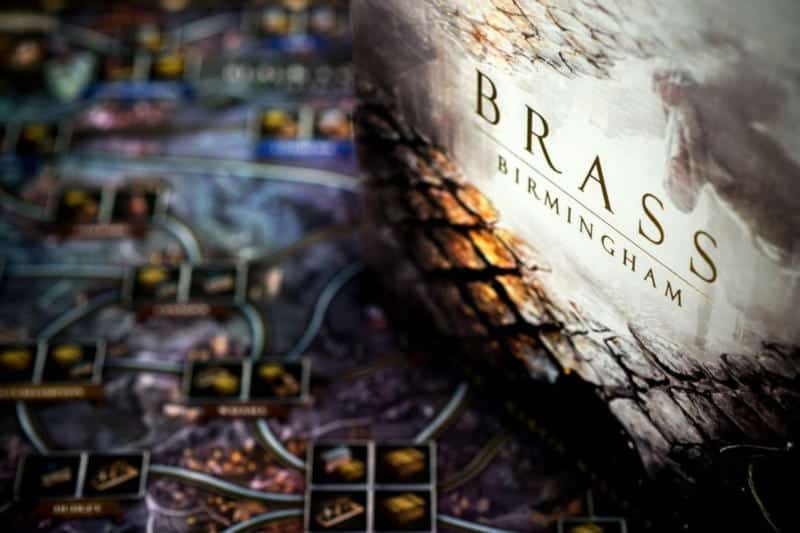

Many of Tinsley’s employees were women and young girls, and she fought against government efforts to restrict women, and girls under 14, from working in the nail and chainmaking industries, arguing that “the conditions of both trades are favourable to moral and physical health.” Known as “The Widow,” Tinsley was respected for her industry expertise. Chainmaking was a particularly male-dominated industry, but Tinsley excelled, employing around 4000 workers, and she established an offshoot company in Australia. The Eliza Tinsley company produced nails for horseshoes, and chains and anchors for ships, the latter of which would become the focus as motor vehicles replaced horses. (17 January 1813 – 17 January 1882) Following the death of her husband Thomas and his father, along with the death of her eldest of six children, Tinsley continued both her late husband and her late father-in-law’s businesses in the Black Country as one under her own name. Ambitious, religiously devout, and at times difficult to work with, Arkwright’s ingenuity and organizational skills would make him known as the “father of the modern industrial factory system.” In his later years, after an extended court battle, Arkwright lost many of his patents and his domination of the textile industry, but shortly after this he was knighted. Arkwright pioneered the use of the steam engine with textile machinery, a precursor to Edmund Cartwright’s development of the power loom. Taking his business to the small village of Cromford, Arkwright encouraged weavers with large families to move there and work in his mill, including children as young as seven. When wigs fell out of fashion, he turned to textiles and made improvements on the spinning jenny with the clockmaker John Kay.


(23 December 1732 – 3 August 1792) Taught to read and write by his cousin, Arkwright began as an apprentice barber, but after an early widowing his business ambitions grew, and his second marriage provided the funds to pursue wigmaking.

BRASS BIRMINGHAM RULES PDF DOWNLOAD
Download the latest version from /brass-birmingham-rulebook
BRASS BIRMINGHAM RULES PDF HOW TO
Open your web browser and head over to /brass-tutorial for tutorials on how to play!ĬREDITS Game Design: Martin Wallace Game Development: Gavan Brown & Matt Tolman Illustration & Graphic Design: David Forest & Lina Cossette, Damien Mammoliti, Gavan Brown Expert Player Advisor: Edward Chen Rulebook Writing & Editing: Simon Rourke, Gavan Brown, Matt Tolman, Michael Van Biesbrouck, Orin Bishop, Ricky Patel, Daniel Danzer Rulebook Feedback & Criticism: Adam Allett, Dan Le, Dave Thomas, David Goldfarb, David Werner, Gimo Barrera, Graeme Edgeler, Jeff Lee, Jered Biard, John Merlino, Jørgen Grøndal, Mark Nichols, Mikolaj Sobocinski, Sam Lambert Historical Advisor: Judith Bennett Rulebook Lead Translators: Alexandre Limoges (French), Ketty Galleguillos (Spanish), Daniel Danzer (German), Andrea Mondani & Guido Marzucchi (Italian) Rulebook Translation Feedback & Criticism: Raphaël Biolluz, Marielle Dessel, Andréa Trépanier, Marco Ghitti, Marco Paccagnella, Raffaele Mesiti, Nicolas De les Essarts, Christophe Fergeau, Xabier Pérez, and Daniel GómezĬopyright 2018 Roxley Games. During the game, you will expand your empire by establishing canals and rails, and building and developing various industries, including Cotton Mills, Coal Mines, Iron Works, Manufacturers, Potteries, and Breweries.Īre you more of a visual learner? We’ve got you covered. Brass: Birmingham tells the story of competing entrepreneurs in the West Midlands during England’s Industrial Revolution, between the years 1770-1870.


 0 kommentar(er)
0 kommentar(er)
